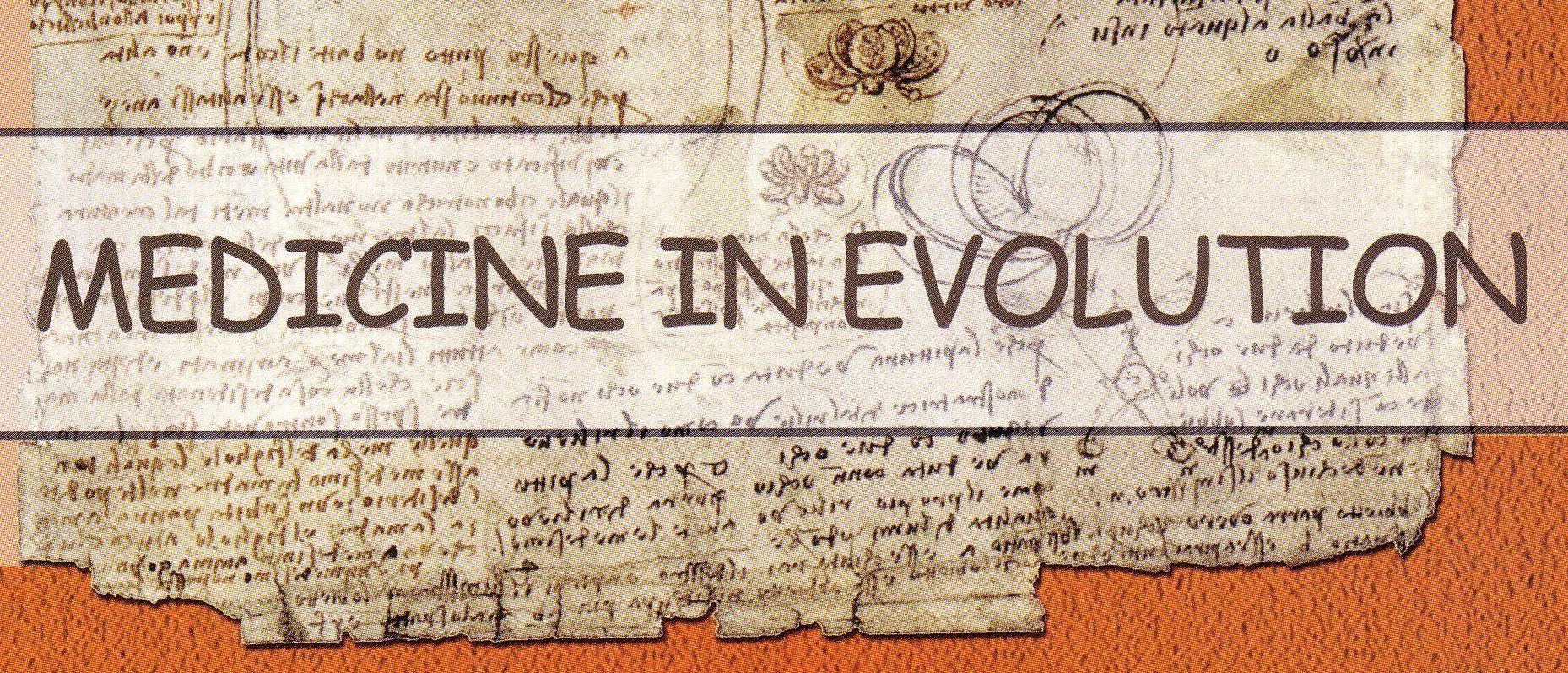|
Medicine in evolution
|
- Abstract - The present study is realised on 348 patients who came to the Prosthetics Clinic of the Faculty of Dental Medicine Craiova for physiognomical and morphofunctional oral rehabilitation during 2008-2009. Out of these there were selected 26 patients who had one or two signs of bruxism. Considering the global evaluation of patients with bruxism the main factors involved in the ethyology of bruxism were highlighted: the consumption of excitants of CNS, psycho-social factors, occlusal factors and cranium traumatism in antecedents.
The most frequent
manifestations of bruxism of the group of patients
studied were: teeth grinding, pains at the level of
temporo-mandibulary joint (TMJ), morphological
disturbances of the dental arches depending on the
type of dental wear which can reach different
degrees up to the total destruction of the dental
crowns, coronary- root fissures and fractures,
fractures of the prosthetic dentures or of the
placating materials, dentine hyperesthesis and
muscular hypertrophy.
Key words: bruxism, dental wear, parafunction.
Webmaster: Creanga Madalina |
|---|---|
